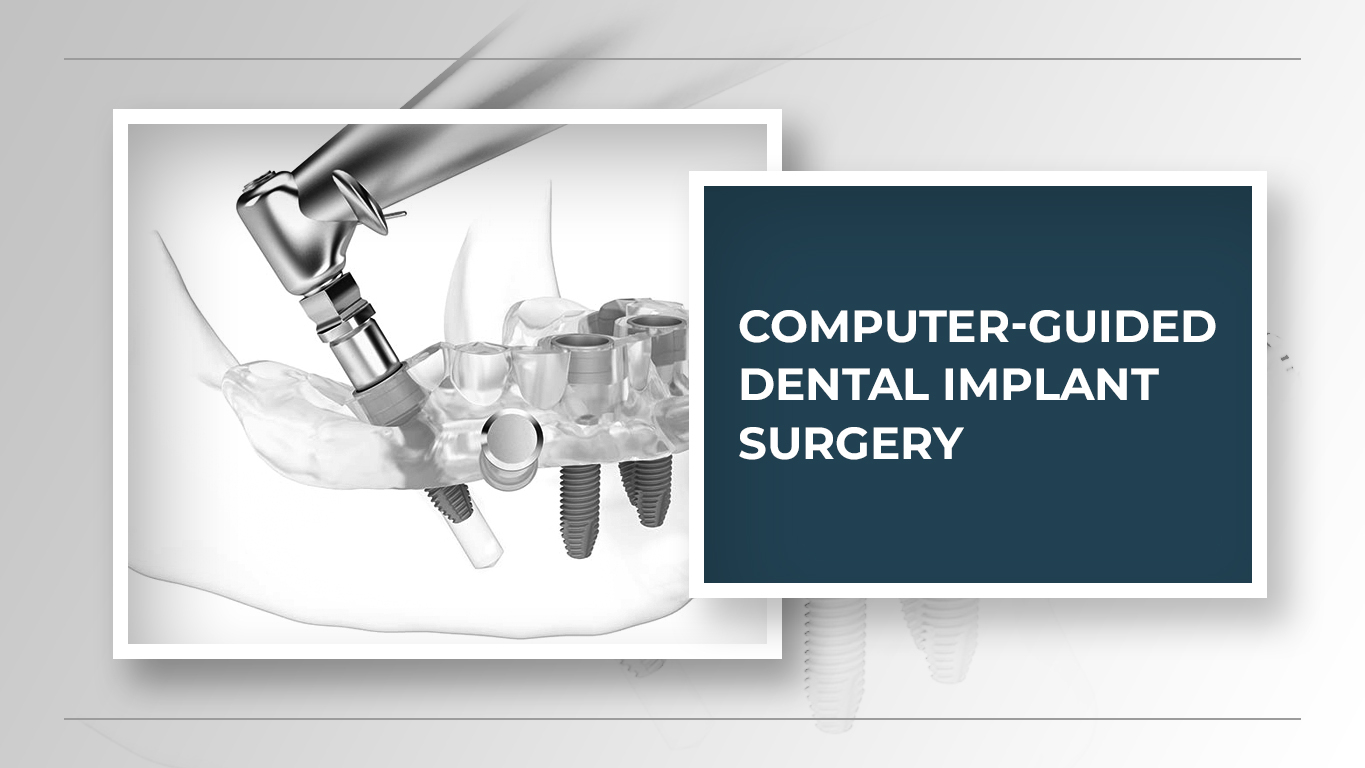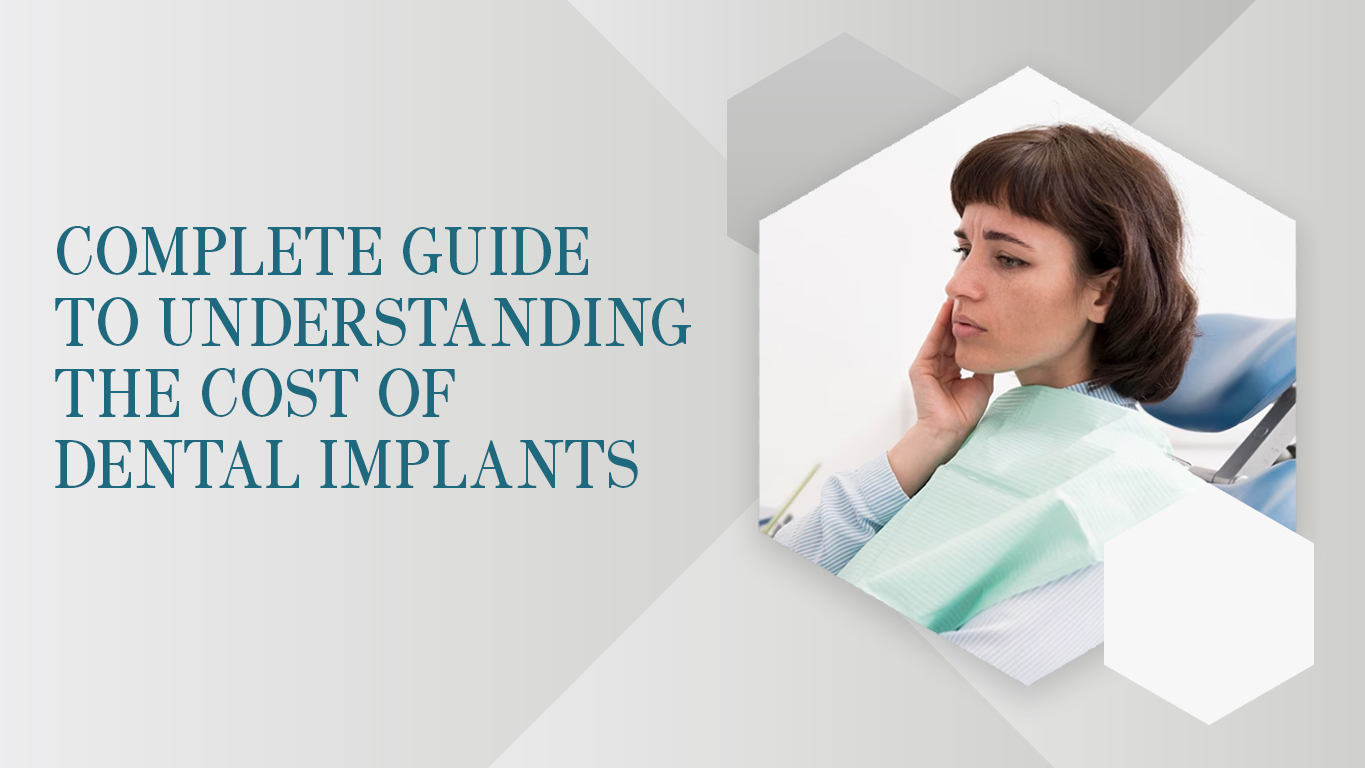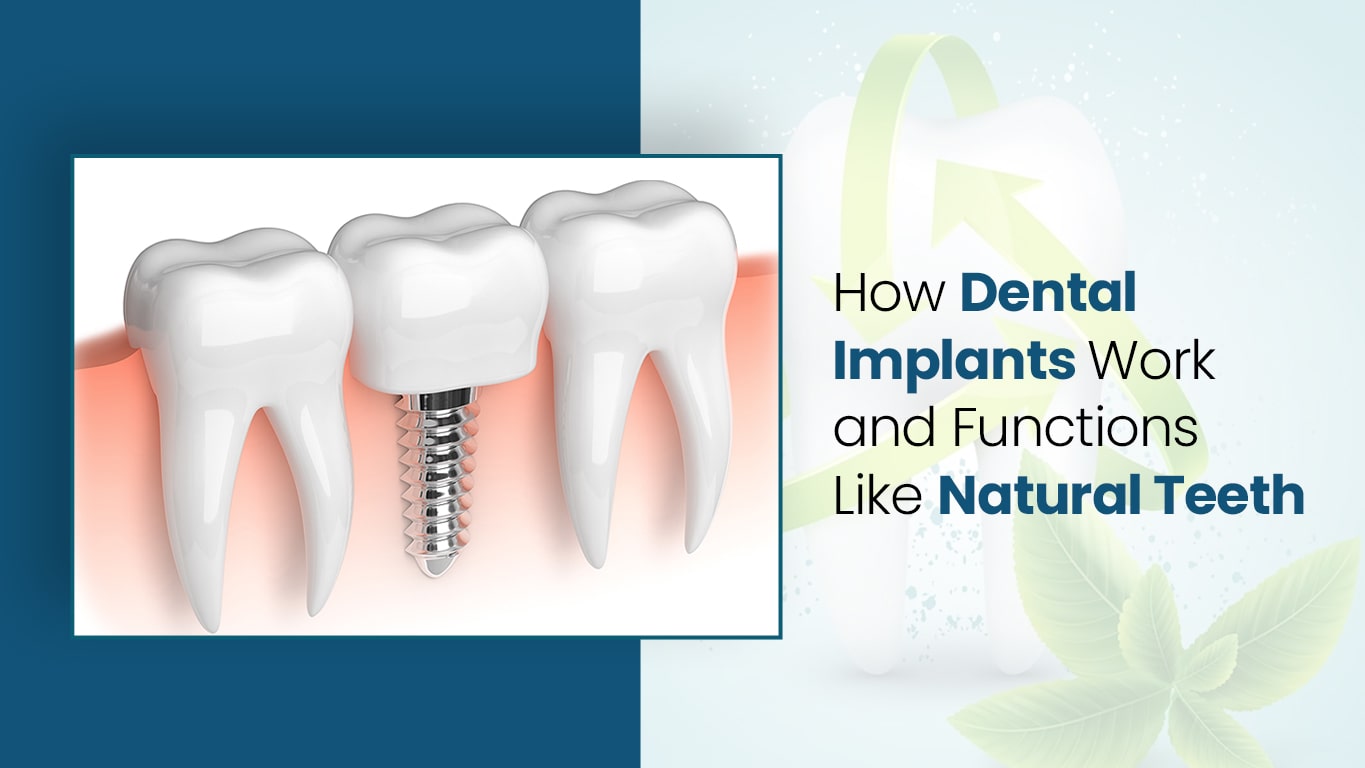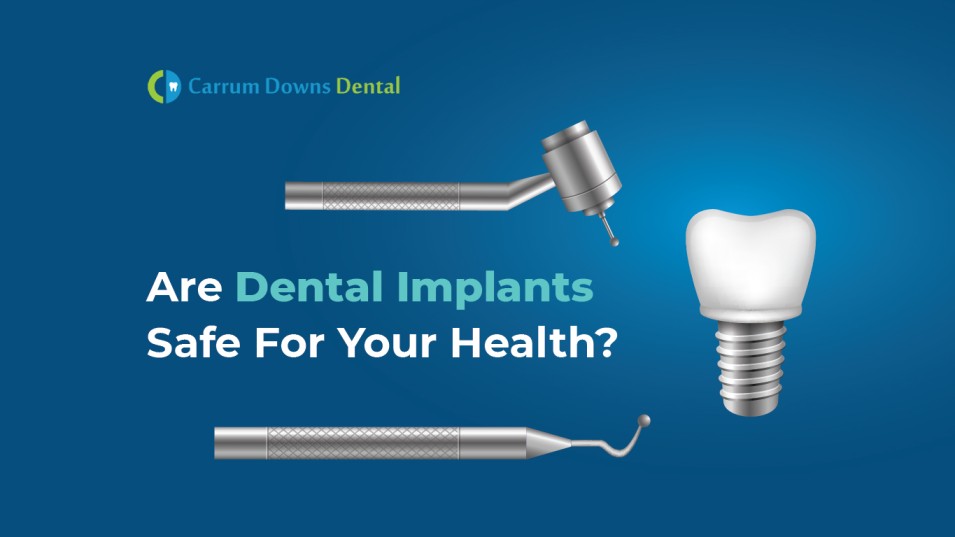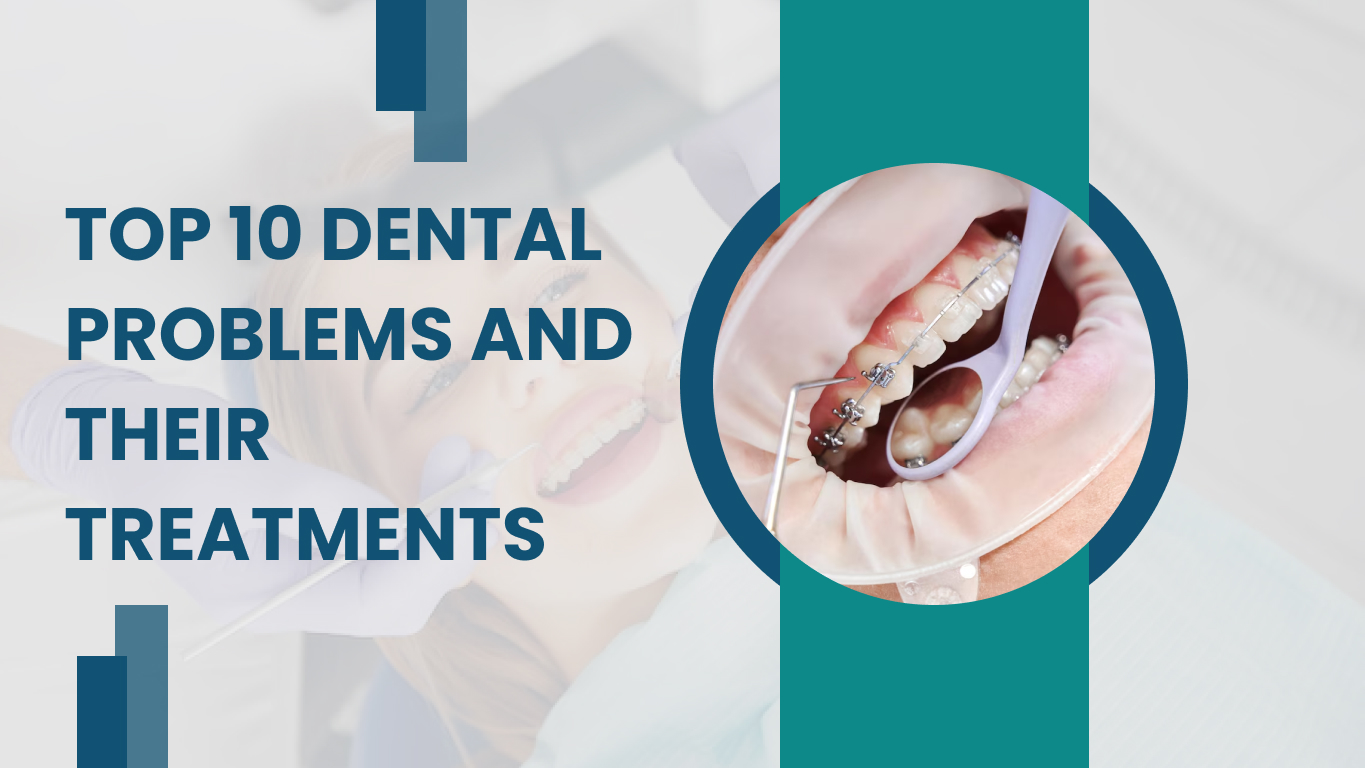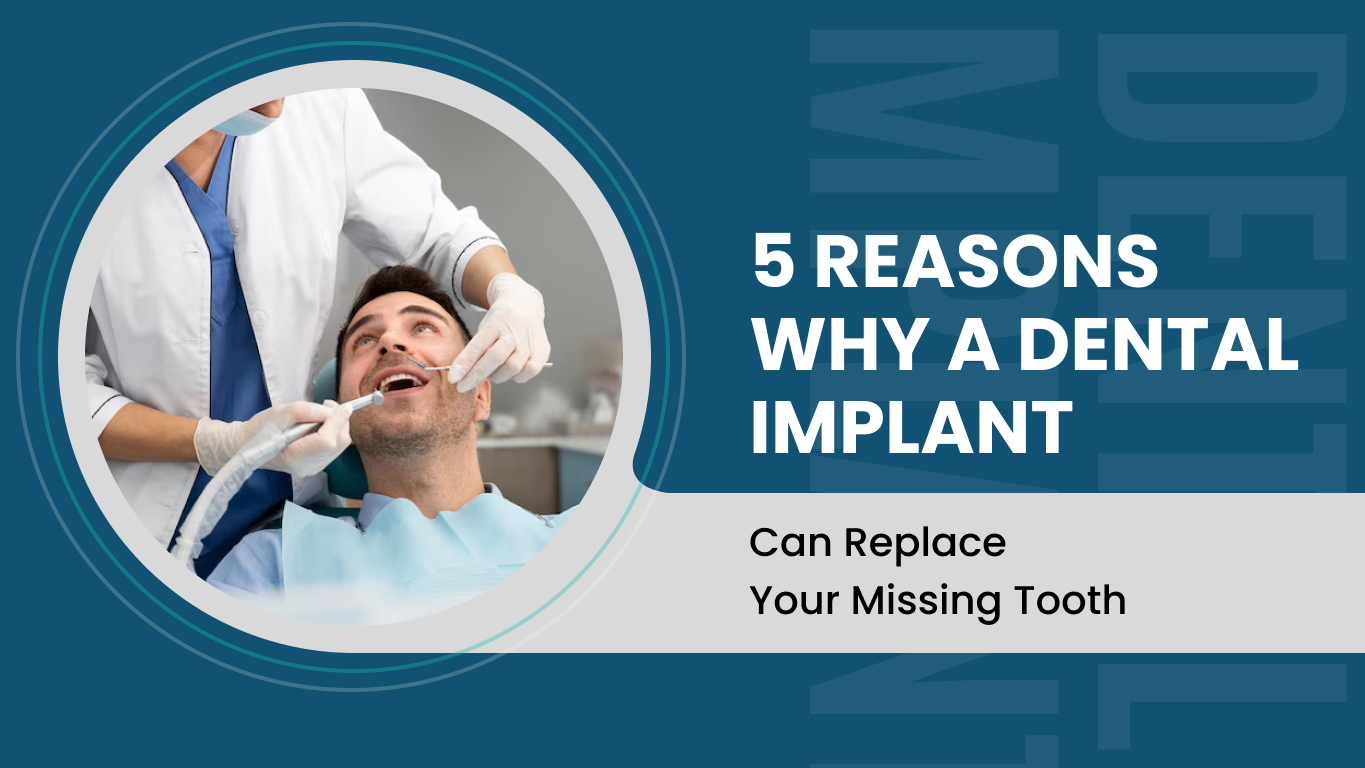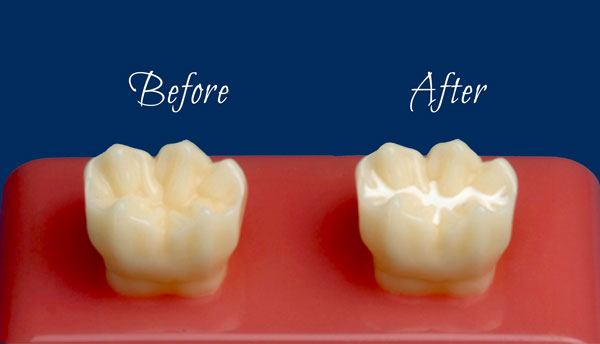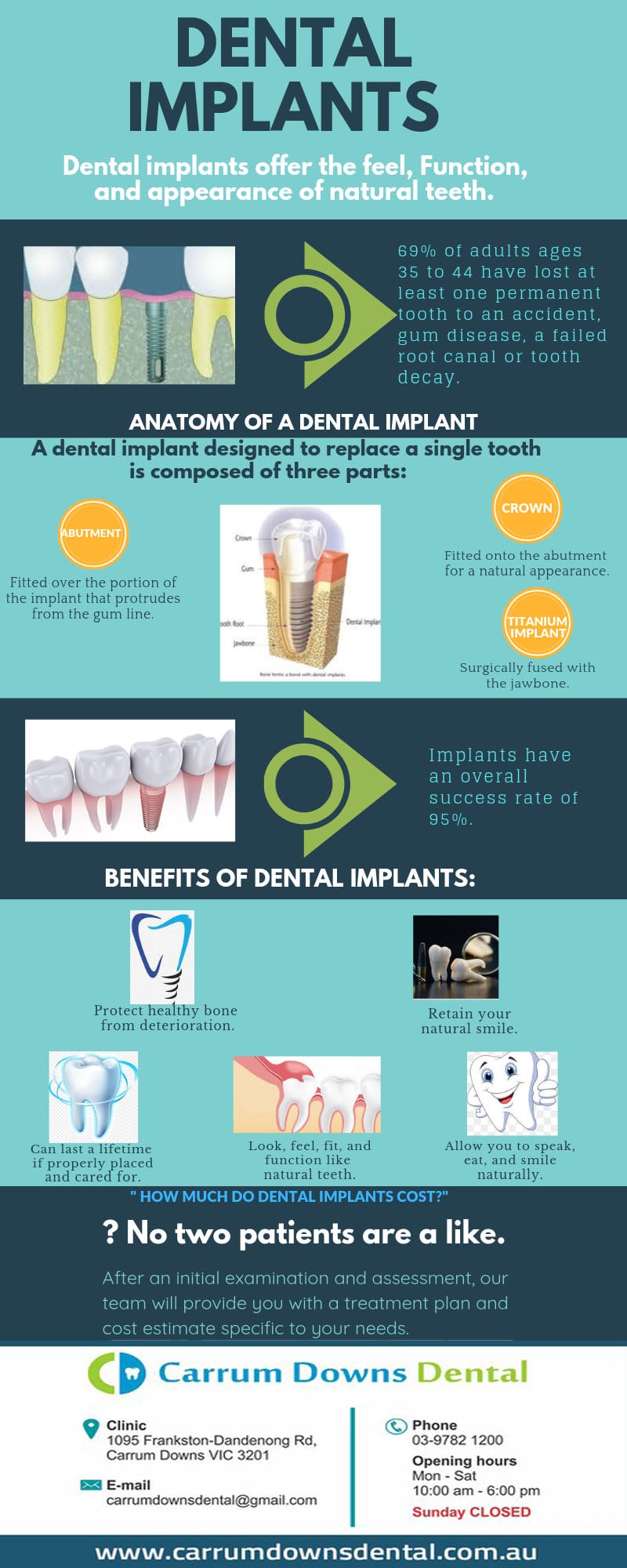Dental implant surgery is a complex and intricate procedure, often leading many patients to opt for removable dentures due to their cost-effectiveness and simplicity. Nevertheless, computer-guided dental implant surgery has the potential to revolutionize the field, offering a means for prosthetic teeth to mimic the natural bite of jaw-anchored real teeth.
This article will explore the details of this emerging technology, including its advantages and disadvantages.
Page Contents
• What is Computer Guided Implant Surgery?
• Pros and Cons of Computer Guided Dental Implant Surgery
• What’s Involved in the Computer Guidance Process?
• When is Using Computer Guided Implant Surgery Advisable?
• What are the Earmarks of Excellence of Implant Surgery?
• In Summary
What is Computer-Guided Implant Surgery?
We have bid farewell to the era of extended waiting periods, the need for bone grafting in cases of insufficient jawbone density, and surgeons navigating blindly during lengthy, painful implant procedures that used to require months of healing. All credit goes to computer-guided implant technology.
Computer-guided surgery entails the utilization of cone beam CT scans to accurately map out the implantation process, ensuring a far more precise and reliable outcome.
• Visualization and Guidance: An essential aspect of computer-guided implant surgery revolves around visualization. In this method, the implant surgeon or dentist eliminates the element of uncertainty by manipulating images of the patient’s jawbone and surrounding tissue, precisely planning the surgical procedure.
• Careful Planning: The collaboration of computer technology and CT scans facilitates meticulous planning, enabling the surgeon to determine the most precise approach for implant placement. This leads to options like soft-tissue implantation and implant surgeries that no longer necessitate bone grafts.
• More Precision and Reduced Guesswork: Computer guidance and advanced scanning technology significantly diminish the reliance on guesswork and estimation. This empowers surgeons to gain comprehensive insights into the surrounding tissues, teeth, and the intricate landscape of the jaw.
• Minimized Incisions and More Healing: Surgeons no longer need to make deeper incisions than necessary because they clearly understand the tooth socket’s location through the scans and software. Implant placement becomes as precise as assembling gears in a watch, reducing tissue disruption and promoting faster healing.
• Accuracy is the Whole Point: Any situation demanding keen accuracy in implantation or implant surgery due to its inherent complexity justifies the investment in computer-guided implantation. The technology employed for planning such treatments enables surgeons to map out the position and morphology, ensuring precise and effective procedures.
Pros and Cons of Computer-Guided Dental Implant Surgery
A reputable dental centre doesn’t engage in dental implant surgery without precision or relying solely on freehand techniques. This approach elevates the risk of errors and costly rectifications in the future. It is far more prudent to initiate the procedure with a comprehensive 3D image or map, providing the surgeon with an apparent visual reference.
Hence, opting for computer-guided dental implant surgery supported by CT scans and 3D models offers the following advantages:
- You receive a 3D CT scan image of your jaw for comprehensive assessment.
- This technology enhances comfort and minimizes pain during implant surgery.
- Utilizing the Cone Beam CT scan helps formulate a meticulous implantation plan.
- Specialized PC software plays a crucial role in detailing the surgical strategy.
- These advancements make the procedure more predictable, safer, and quicker.
- Reduced reliance on bone grafts and increased feasibility of soft-tissue implants.
- Even in cases of jawbone loss, this method allows for implant placement.
- Computer assistance ensures precise implant placement in pre-planned locations.
- Surgeons benefit from enhanced guidance, facilitating more comprehensive surgeries.
- Implants can now be installed in previously inaccessible areas due to this technology.
However, it’s important to acknowledge that no procedure is without its drawbacks, and computer-guided implant surgery is no exception. These limitations include:
- Dental professionals require additional training to utilize computer assistance effectively.
- Patients may incur extra costs for this advanced method at the clinic.
- Surgeons must cover the initial investment for planning software and specialized surgical equipment.
- While patients experience a quicker and more comfortable procedure, clinicians need to invest more time in planning compared to traditional implantation.
Nevertheless, the overall advantages of computer-guided implant surgery outweigh its drawbacks. Some of its many benefits include:
- Accelerated healing and recovery process.
- Precise and accurate treatment.
- Protection of vital oral and dental structures from damage.
- Minimal pain due to smaller incisions.
- Enhanced aesthetic outcomes, resulting in implants that look and feel entirely natural.
What’s Involved in the Computer Guidance Process?
Just as X-rays and CT scans revolutionized the medical field, computer-guided implant surgery is set to bring about significant advancements in dentistry. This is done by providing a comprehensive view of the jaw’s anatomy from the beginning.
The entire process of computer-assisted implantation comprises the following stages:
- Comprehensive Jaw Area Scan: The initial step involves a thorough scan of your jaw area using an advanced Cone Beam CT scanner. This scan generates a three-dimensional image of the jaw region, encompassing sinus cavities, nerve tissues, bone quality and quantity (including bone density), precise teeth positions, and jaw structure. This comprehensive scan sets the stage for a well-planned procedure.
- Creation of the 3D Jaw Model: Following the CT scan, specialized software, such as Nobel Biocare’s, is employed to construct a 3D model of your jaw. This model aids in virtually positioning the implant(s) in the most optimal locations. The surgeon can carry out the implantation without guesswork or the need for additional incisions, ensuring a precise fit within the jaw and tooth socket.
- Preparation of the Drilling Guide: The 3D model, featuring the virtual implant placement, is transmitted to a specialized laboratory, which then prepares a drilling guide for the surgeon’s use. This guide is an invaluable tool during surgery, facilitating the precise placement of the implant into the jaw or even soft tissue with minimal disruption to your gums and bone.
- The Implantation Process: Armed with the drilling guide, implant surgeons can now place the implant with precision, minimizing the need for extensive cuts and surgical intervention. Guides like these enable same-day implantation, and some dental clinics employ dental lasers to reduce invasiveness further, promoting faster healing and reduced swelling.
In essence, computer-guided implant surgery empowers dental professionals to carry out procedures with more accuracy and efficiency, making it a transformative advancement in the field of dentistry.
When is Using Computer-Guided Implant Surgery Advisable?
- Attain Enhanced Outcomes: Opting for dental surgery with the guidance of CT scans and computer technology ensures a superior and more precise outcome, particularly when the implant’s role is crucial in supporting bridges or dentures.
- Addressing Bone Density Challenges: If you face bone density issues and seek an alternative to the added expenses associated with bone grafting, computer-assisted surgery offers a solution for implant placement without the need for grafting. It can effectively address complex bone anatomy that requires substantial modifications or drilling.
- Immediate Extraction or Full Edentulous Mouths: Patients who are fully edentulous (lacking teeth) or require immediate tooth extraction followed by implantation can benefit significantly from computerized or computer-assisted surgery.
- Minimizing Invasiveness: Implant dentistry involves surgical invasiveness, necessitating incisions through gums, tissues, and nerves to access the bone and tooth socket for implant placement. The assistance of CT scans helps reduce invasiveness by guiding precise and measured incisions.
- If Other Implants are involved: In cases where multiple implants are positioned close to each other or adjacent teeth, opting for computer-guided surgery becomes imperative. The additional data and details provided aid the surgeon in optimizing the overall implant placement strategy.
What are the Earmarks of Excellence in Implant Surgery?
You can effectively prevent unplanned damage to vital anatomical structures and nerve injuries by employing the most advanced computer-guided route with software assistance. This approach offers comprehensive anatomical visualization, clearly understanding the upcoming procedure.
Surgeons have the advantage of previewing the anatomical surroundings of implant sites, ensuring precise placement of the implant in the optimal position.
- Streamlining Restoration Planning: Rather than designing crowns or bridges as an afterthought, you have the opportunity to meticulously plan the position and morphology of your intended restorations even before the implant is placed in your mouth. This approach ensures a safe and predictable process from the outset.
- Reverse-Engineering Implant Surgery: The data acquired from the CT scan, in collaboration with specialized software, enables a unique capability—reverse-engineering implant surgery—a task that was not possible traditionally.
- Visualization and Approval: The ability to preview the treatment plan empowers both you and your dental team to fine-tune, endorse, or reject a surgical approach to implantation. Additionally, this data-driven approach enhances the design of superior final prostheses.
- Managing Minor Deviations: It’s common to encounter slight deviations from the surgical guide, but these discrepancies are typically minute. Nonetheless, you can still expect more precise implant placement compared to freehand surgery.
- Reduced Need for Adjustments: In contrast to freehand surgery, which often necessitates adjustments to planned restorations, particularly in cases involving soft-tissue implantation, computer-guided surgery reduces the need for such adaptations.
- Reduced Reliance on Custom Abutments: Custom abutments are frequently required to optimize the fit of restorative dentures or bridges on implants, addressing variations in jaw density. However, computer-guided surgery lessens this dependency, thanks to the detailed CT scan data.
- Permanent Tooth Replacement: Beyond computer assistance, it’s crucial to recognize that implant treatment offers a permanent solution for replacing natural teeth. Implants can closely replicate the anchorage of natural teeth to your jaw, a feat unattainable with removable dentures.
- Restoring Your Smile: Regaining your lost smile, both literally and metaphorically, becomes possible through the extra-safe and accurately planned approach of computer-guided implant surgery. This dental innovation has been transformative over the past decade.
At Carrum Downs Dental Group, we utilize advanced 3D computer-guided surgery for dental implant placement. This technology provides patients with safe, effective and predictable results possible. Contact us today to learn more about restoring your smile with precision-guided dental implants.
